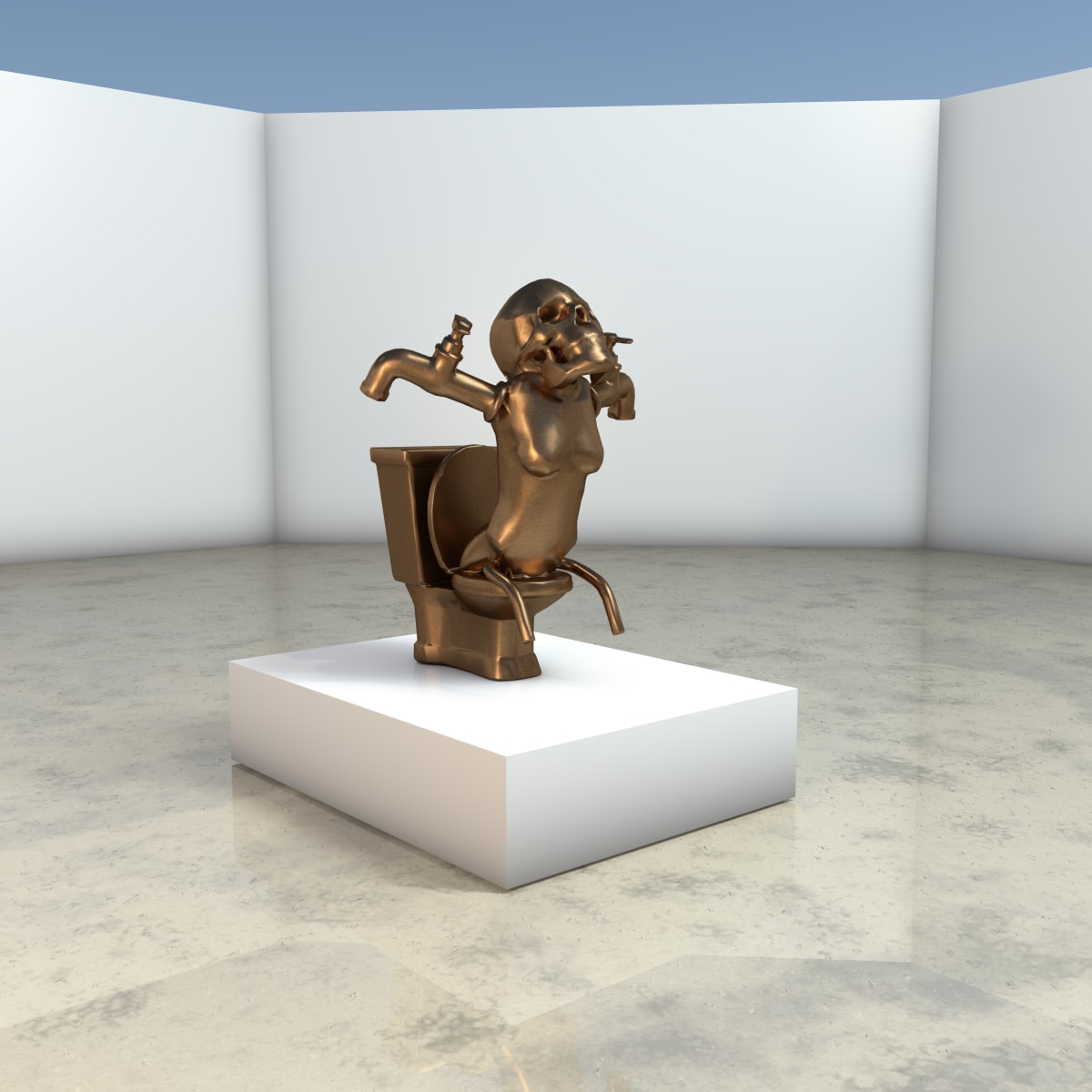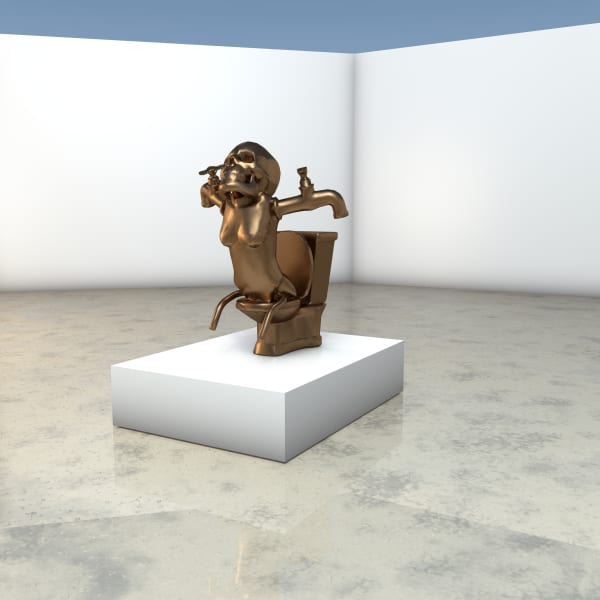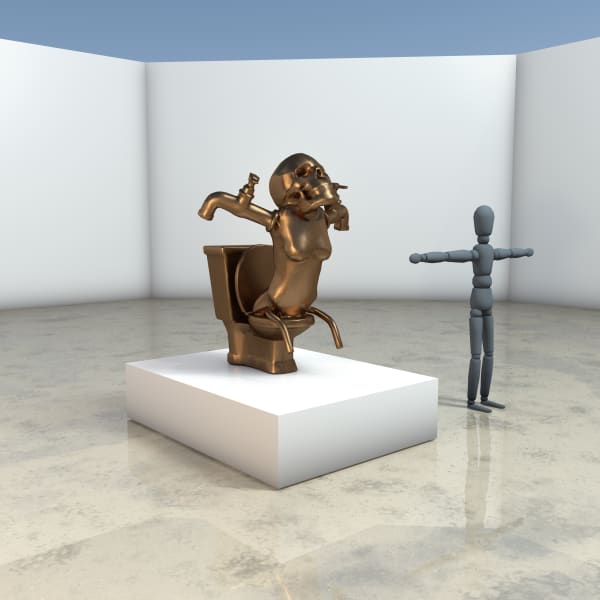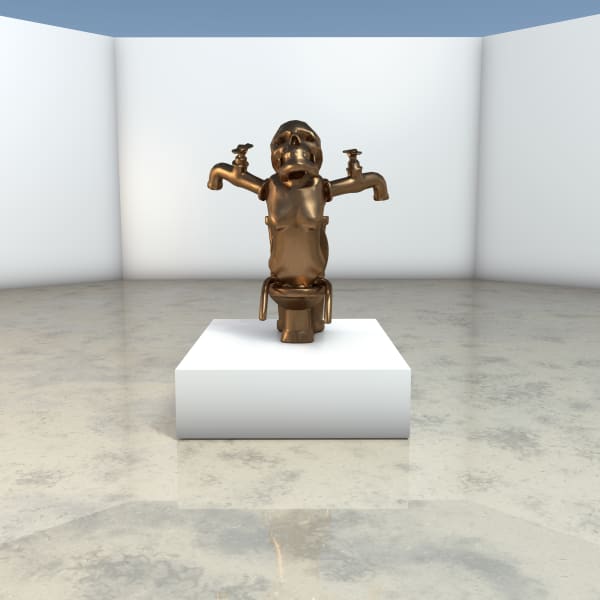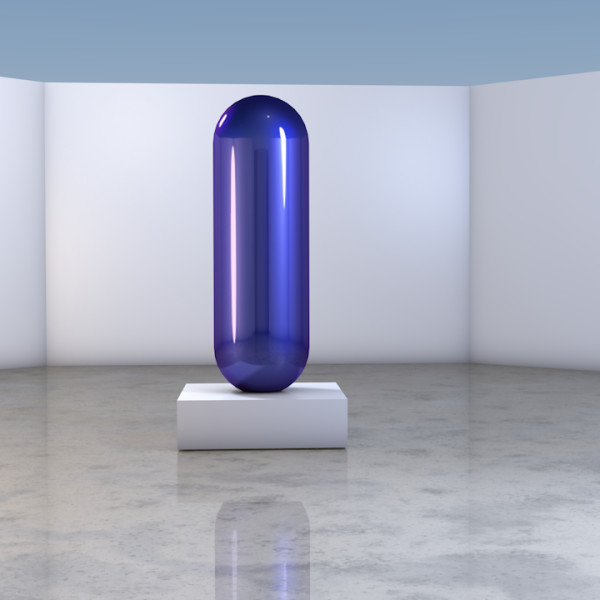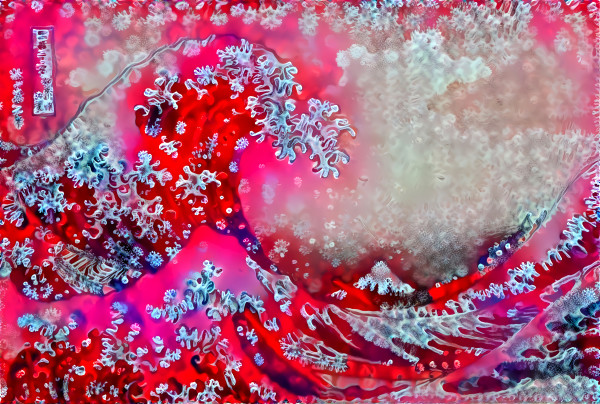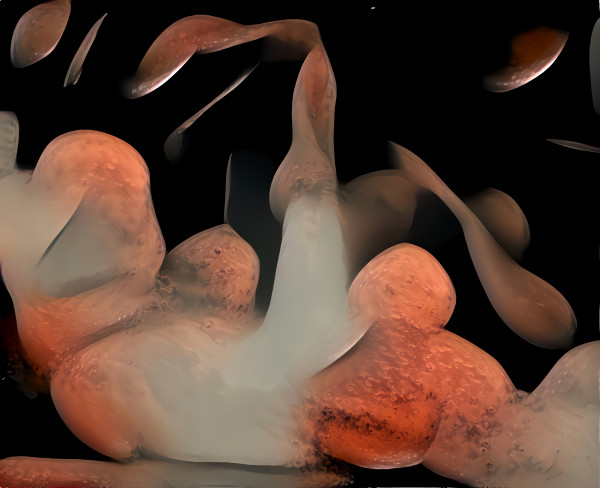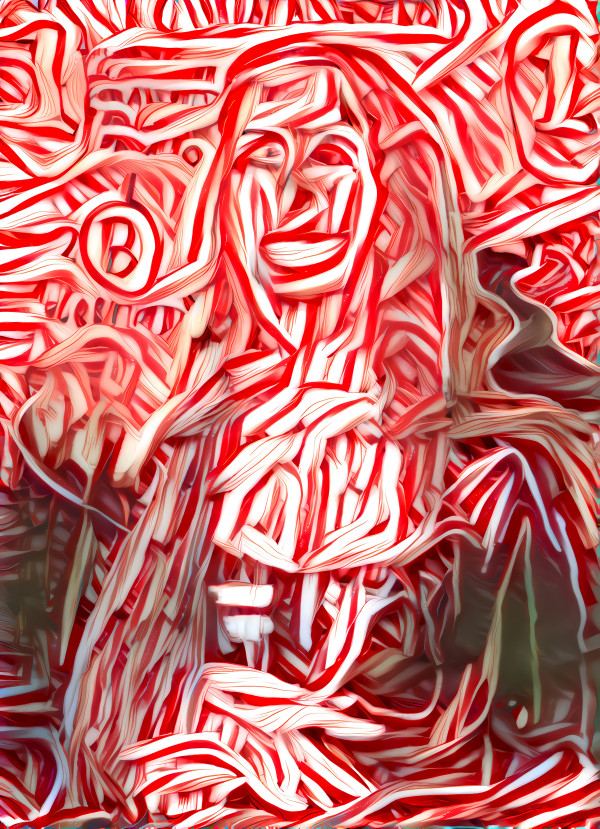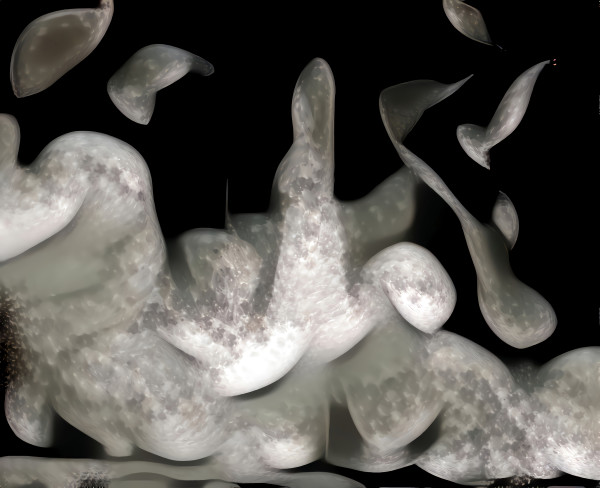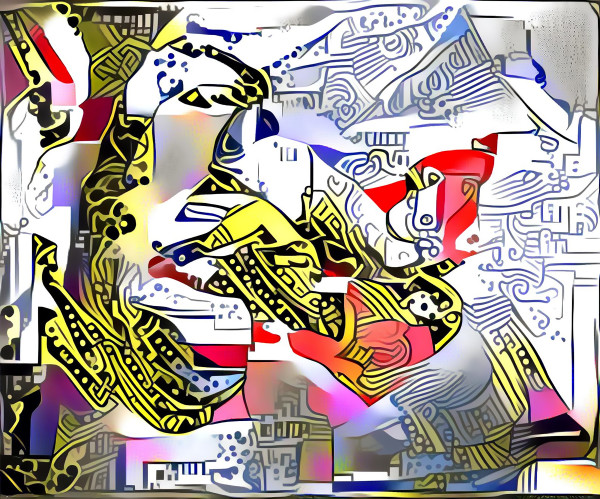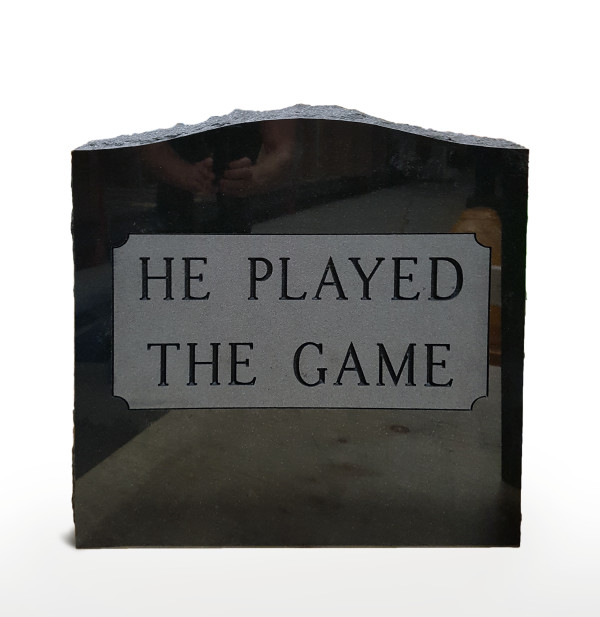- Brendon McNaughton
- The Reaper 1/3, 2020
- Cast bronze
- 82.5 x 60 x 78.75 in (209.55 x 152.4 x 200.03 cm)
- Signature: Signed "Brendon McNaughton, The Reaper, 2020-20XX, 1/3"
- Inv: TR.2020.E1/3
The Reaper (2020)
Bronze
Brendon McNaughton
Brendon McNaughton’s The Reaper is a monumental bronze sculpture that confronts mortality through a dialogue with art history and contemporary crisis. Conceived in virtual reality and later cast in bronze, the work bridges digital immediacy with the permanence of tradition.
Its arched torso recalls the Winged Victory of Samothrace and Botticelli’s Birth of Venus, suggesting death as a precursor to rebirth. Basquiat’s Riding with Death, Picasso’s Bull’s Head, Modigliani’s Nu couché, Duchamp’s Fountain, and Cattelan’s America echo throughout, alongside references to Francis Bacon and the absurdity of Elvis Presley’s death.
Created in March 2020, amid a global pandemic and market collapse, The Reaper intertwines personal grief with collective fragility. By transposing a Neo-Expressionist digital improvisation into bronze, McNaughton compels viewers to look directly at what François de La Rochefoucauld deemed unseeable: the sun and death.
Long Format Description:
Brendon McNaughton’s The Reaper (2020) is a monumental cast bronze sculpture that confronts the inevitability of death while drawing upon a rich network of art-historical and cultural references. Initially conceived in virtual reality, the work extends the legacy of Duchamp’s readymade into the digital sphere. McNaughton sculpted using pre-fabricated VR “stamps”—toilets, taps, anatomical fragments—before transposing the virtual into bronze, a material associated with permanence, memory, and commemoration. This translation marks a crucial tension: the immediacy of digital improvisation rendered into the weight and permanence of tradition.
The composition resonates with iconic precedents. The arched torso recalls the Winged Victory of Samothrace and the poised grace of Botticelli’s Birth of Venus, evoking the duality of death and rebirth. Modigliani’s Nu couché, which McNaughton encountered firsthand at Christie’s, informs the sensual fragility of the figure’s body. Yet, this vulnerability is set against darker undertones: Basquiat’s final painting, Riding with Death (1988), hovers as an inescapable shadow, underscoring the artist’s awareness of mortality and his own personal encounters with familial loss and illness.
The horns that protrude from the figure are inverted echoes of Picasso’s Bull’s Head (1942), doubling as a symbol of virility and collapse. Created in March 2020, during the COVID-19 pandemic and a 30% global market crash, these horns read as an emblem of economic fragility—a bull market turned upside down. The toilet, absurd and abject, alludes not only to Duchamp’s Fountain and Cattelan’s America, but also to the infamous image of Elvis Presley’s death and Francis Bacon’s grotesque intimacies with mortality. Here, the banal becomes a site of existential reckoning.
While early conceptions considered playful Hubba Bubba pink, McNaughton ultimately chose bronze, a medium that resists ephemerality. Where pink suggested bubble-like fragility, bronze insists on endurance—confronting death as something monumental rather than whimsical. In doing so, the work collapses opposites: the absurdity of toilets and market crashes with the solemnity of death masks and funerary statuary.
The Reaper emerges as both personal and collective. It bears the imprint of McNaughton’s lived experience—his father’s passing from cancer, his niece’s hospitalizations, and the shadow of suicide in his community—while speaking to universal conditions of impermanence. Echoing François de La Rochefoucauld’s dictum, “One cannot look directly at the sun or death,” the work compels us to try.
Forged at the intersection of Neo-Expressionist spontaneity and digital sculpting, The Reaper may be understood as one of the first Neo-Expressionist sculptures to originate in virtual reality. Translated into bronze, it bridges the virtual and the eternal, staging death as both an end and a beginning—terrifying, absurd, and profoundly human.
Other Work From Brendon McNaughton
All works protected under copyright. © Brendon McNaughton – The Asset Artist
